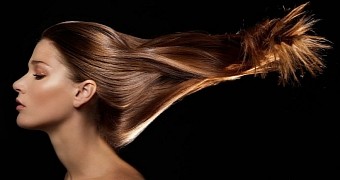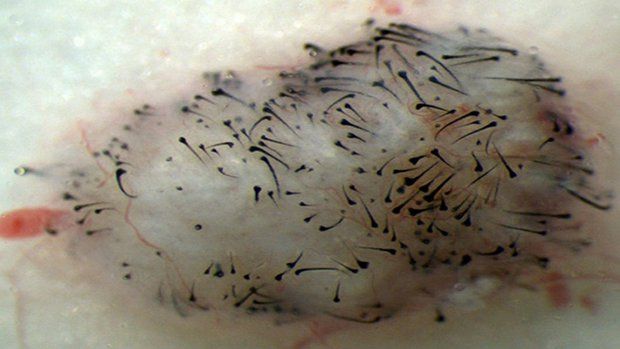Scientists have for some time now been growing all sorts of tissues and organs in their laboratories. Heck, some might even begin to suspect that they are trying to make a modern version of Frankenstein's monster from scratch.
Well, if this is indeed what they are up to, it looks like this monster will not have to worry about having to find the perfect hat to cover his bald spots. This is because, as it turns out, scientists now also know how to make hair in Petri dishes.
Using stem cells to grow hair
In a report published in the scientific journal PLOS One earlier this week, specialists with the Sanford-Burnham Medical Research Institute in the US explain that, looking to grow hair in the lab, they first obtained human stem cells and placed them in a controlled environment.
They then exposed them to stimuli that compelled them to develop into dermal papilla cells, which serve to regulate the formation of hair follicles and the growth of hair. Eventually, the dermal papilla cells were transplanted into laboratory mice.
The researchers say that, rather than wither and die, as dermal papilla cells taken from donors usually do when transplanted, the cells that they grew from human stem cells not only survived the transplant procedure but thrived once settled in their new home.
“We developed a protocol to drive human pluripotent stem cells to differentiate into dermal papilla cells and confirmed their ability to induce hair growth when transplanted into mice,” researcher Alexey Terskikh said in an interview, as cited by Medical Express.
The experiments bring new hope to millions of people
The Sanford-Burnham Medical Research Institute specialists who conducted this series of experiments say that, currently, some 40 million men and 21 million women in the US alone struggle with hair loss. The researchers hope that, soon enough, their work will help these people get their hair back.
Thus, the researchers imagine using dermal papilla cells grown from human stem cells to limit, maybe even completely halt hair loss. With this goal in mind, the scientists are getting ready to roll out their first clinical trials involving not mice but human patients.
“Our stem cell method provides an unlimited source of cells from the patient for transplantation and isn't limited by the availability of existing hair follicles. Our next step is to transplant human dermal papilla cells derived from human pluripotent stem cells back into human subjects,” said Alexey Terskikh.

 14 DAY TRIAL //
14 DAY TRIAL // 

